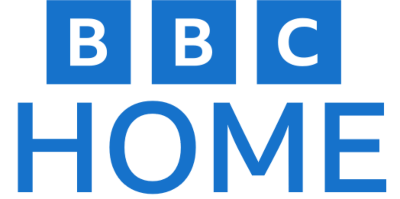For many aspiring authors, the ultimate goal is to see their book published by a prestigious house in New York City. As the global epicenter of traditional publishing, New York is home to the industry’s largest and most influential companies. However, navigating this competitive landscape requires a strategic approach, as direct submissions to major publishers are rarely accepted. This guide outlines the essential steps to finding a book publisher in New York publishing houses nyc.
1. Perfect Your Manuscript: The Absolute Foundation
Before you even begin the search for a publisher, your manuscript must be in its most polished and compelling form. This is the single most critical step, as New York publishers receive thousands of submissions and only the most exceptional works stand out.
- Write and Revise Thoroughly: Complete your entire manuscript (for fiction, memoir, or poetry) or a comprehensive book proposal (for most non-fiction). Then, engage in multiple rounds of revision, focusing on plot, character, pacing, voice, and overall impact.
- Seek External Feedback: Share your work with trusted critique partners, beta readers, and writing groups. Their objective perspectives can help identify areas for improvement.
- Consider Professional Editing: While an investment, a professional editor can provide invaluable insights and refine your manuscript to a high standard, making it more appealing to agents and publishers.
- Understand Your Genre and Market: Research books similar to yours that have been published by New York houses. This helps you understand where your book fits, who its target audience is, and how to articulate its unique selling points.
2. Secure a Literary Agent: Your Essential Gateway
In New York’s traditional publishing model, a literary agent is almost always a mandatory intermediary. The “Big Five” publishers (Penguin Random House, HarperCollins, Simon & Schuster, Hachette Book Group, and Macmillan) and most other reputable New York presses do not accept unsolicited manuscripts directly from authors. An agent acts as your representative, negotiator, and guide.
- Research Agents in Your Genre: Identify New York-based literary agents who specialize in the genre of your book and have a track record of selling similar titles. Utilize online databases like QueryTracker, Publishers Marketplace, and Reedsy’s agent directory. Pay close attention to their submission guidelines and what they are currently seeking.
- Craft a Compelling Query Letter: This is your one-page sales pitch. It must be concise, professional, and engaging, summarizing your book’s hook, genre, word count, and a brief author bio (highlighting your platform for non-fiction).
- Prepare Your Submission Materials: Typically, this includes your query letter, a synopsis (a detailed plot summary, including the ending), and the first few chapters of your manuscript. Always adhere meticulously to each agent’s specific submission instructions.
- Be Patient and Persistent: The querying process is highly competitive and can be lengthy, often taking months or even years to find the right agent. Rejections are a common part of the journey; view them as steps closer to finding the right fit.
3. The Agent’s Role: Pitching to Publishers
Once you’ve successfully secured a literary agent, their expertise and industry connections become invaluable.
- Strategic Submissions: Your agent will work with you to further refine your manuscript or proposal, ensuring it’s in top shape. They will then strategically submit your work to editors at various New York publishing houses and their imprints, targeting those most likely to be interested.
- Negotiating the Book Deal: If an editor makes an offer, your agent will handle all contractual negotiations, including the advance (an upfront payment against future royalties), royalty rates, and the sale of various rights (print, digital, audio, foreign, film). They ensure you get the best possible terms.
- Ongoing Advocacy: Your agent will continue to advise and advocate for you throughout the entire publishing process, from editorial revisions to marketing and publicity discussions.
4. The Publishing Journey: From Deal to Bookstore Shelf
After a book deal is signed with a New York publisher, your manuscript begins its transformation into a published book.
- Editorial Development: You’ll collaborate closely with your acquiring editor on revisions, refining the manuscript’s content and structure.
- Production and Design: This involves traditional publishing, proofreading, interior layout design, and, crucially, the creation of a compelling book cover designed to stand out in a competitive market.
- Marketing and Publicity Campaigns: The publisher’s dedicated teams will develop a strategy to promote your book, including securing bookstore placements, online visibility, media interviews, and potentially author events.
- Printing and Distribution: Your book is printed and then distributed through vast networks to bookstores, online retailers, and libraries across the country and internationally, ensuring wide availability.
Conclusion
Finding a book publisher in New York is a challenging but deeply rewarding endeavor that typically requires a highly polished manuscript and the dedicated representation of a literary agent. By understanding this traditional path, diligently researching agents, and committing to the long journey of revision and submission, aspiring authors can significantly increase their chances of seeing their work on the shelves in the heart of the publishing world.







